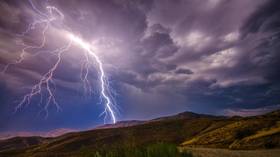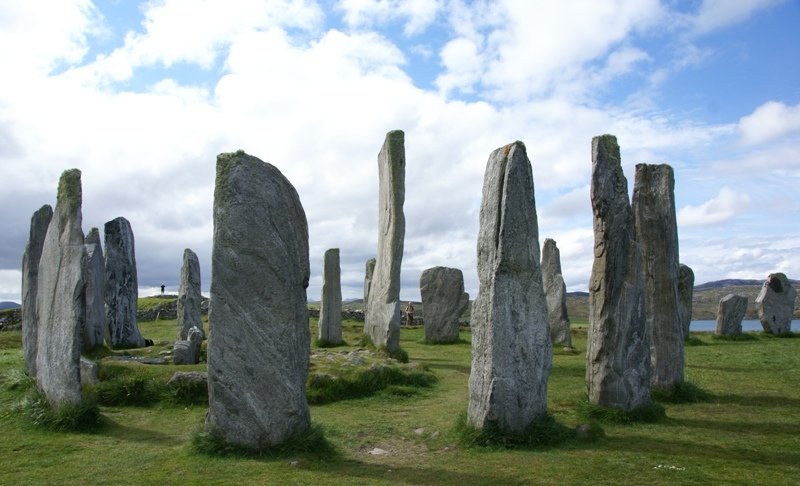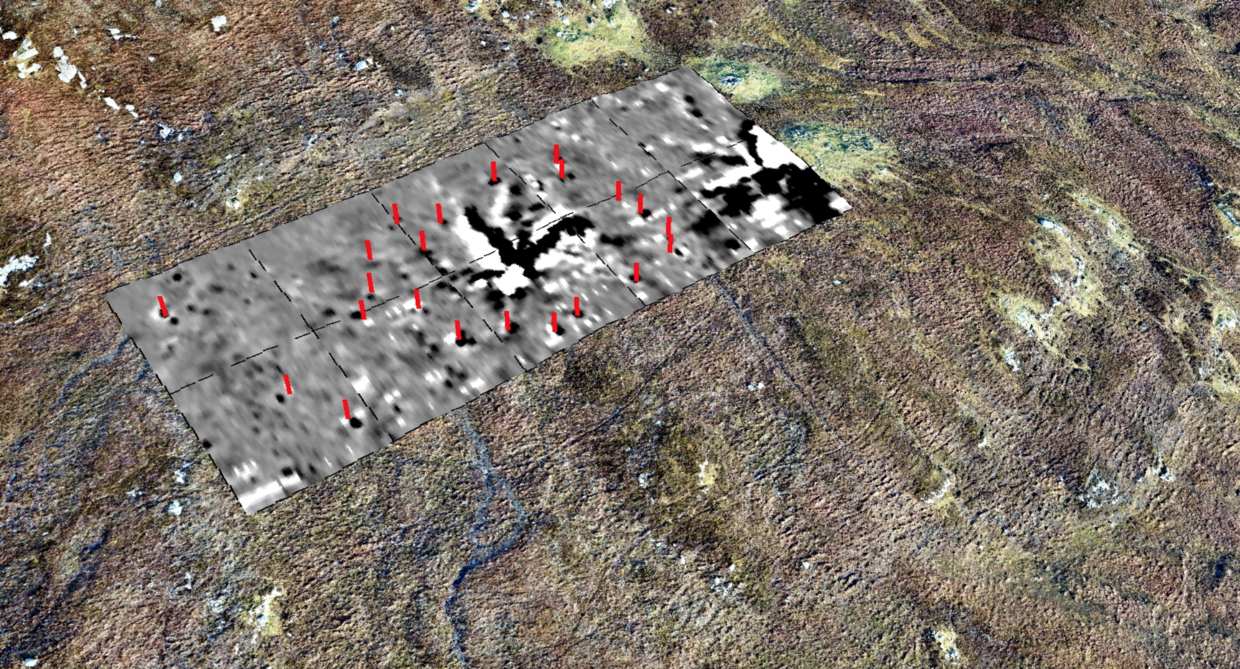Massive lightning strike may have inspired ancient Scottish stone circle, say archaeologists (PHOTOS)

Researchers surveying an ancient complex of Neolithic standing stones on a Scottish island believe they have uncovered extraordinary evidence of the likely inspiration for the circular site, the scar of a huge lightning strike.
Archaeologists have long studied connections between ancient stone circles and forces of nature, such as the position of the stars and the courses of the Moon and Sun, but this may be the first time a powerful lightning strike could have inspired such amazing feats of ingenuity.

Researchers from the University of St. Andrews were studying the stone circle Tursachan Calanais on the Isle of Lewis in the Outer Hebrides, when they began satellite-mapping the main stone circle site.
Also on rt.com Groundbreaking discovery: Who may have built Stonehenge finally revealedWhile working on Site XI, or Airigh na Beinne Bige, which consists of a single standing stone on an exposed hillside overlooking the larger circle of standing stones, they discovered a massive star-shaped anomaly in the center which they believe was caused by either multiple smaller lightning strikes or one truly earth-shattering impact.

“Such clear evidence for lightning strikes is extremely rare in the UK and the association with this stone circle is unlikely to be coincidental,” said project leader Dr Richard Bates, of the University of St Andrews.
“Whether the lightning at Site XI focused on a tree or rock which is no longer there, or the monument itself attracted strikes, is uncertain. However, this remarkable evidence suggests that the forces of nature could have been intimately linked with everyday life and beliefs of the early farming communities on the island.”
The 3D modelling was part of the Calanais Virtual Reconstruction Project, in which the team were able to virtually recreate the circle and map the transit of the Sun and Moon around it for the first time in four millennia.
Nowadays, the stones are either lying flat or have been buried under peat which slowly consumed the site over thousands of years. The researchers hope to conduct further geophysical surveys at the site to better understand the relationship between natural phenomena and the incredible Neolithic engineering efforts at the site.
Think your friends would be interested? Share this story!














